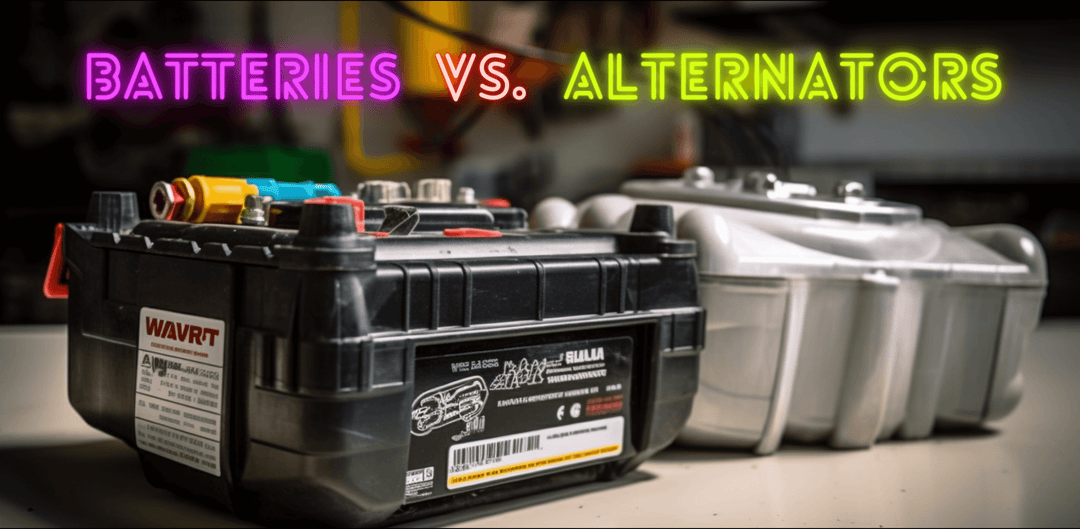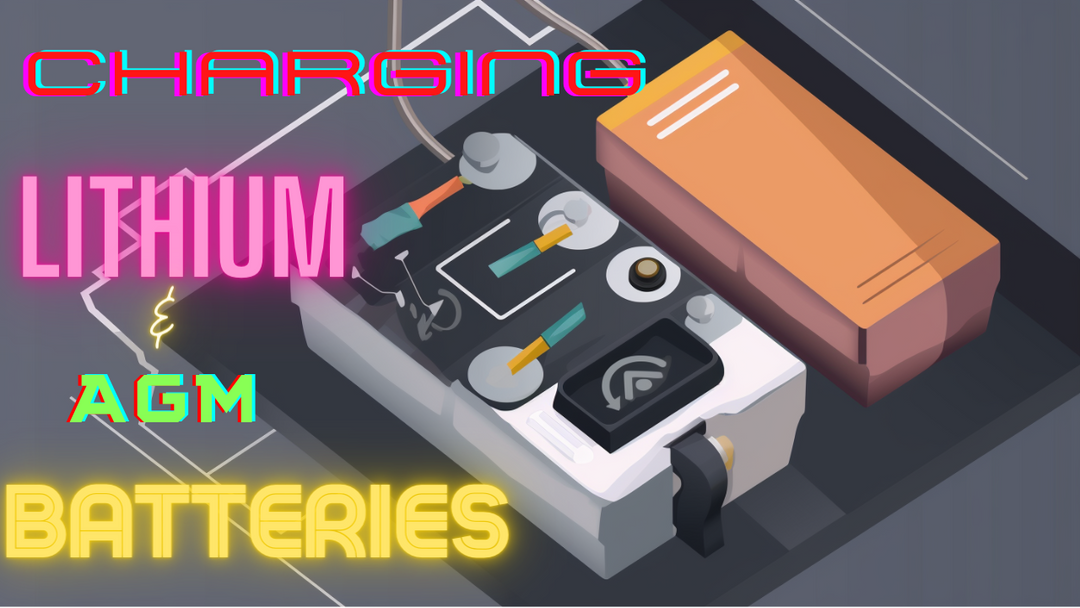JsAlternators High Output Alternator Installation Instructions
Welcome to our latest blog post on high output alternator installation instructions! If you're an automotive enthusiast or a DIY mechanic looking to upgrade your vehicle's electrical system, then you've come to the right place. In today's world, with an ever-increasing demand for power due to advanced gadgets and accessories, a high output alternator is a must-have for keeping your vehicle's electrical system running efficiently. In this comprehensive guide, we will walk you through the process of selecting, purchasing, and installing a high output alternator, ensuring that you can confidently tackle this project and enjoy improved performance and reliability from your vehicle. So, buckle up and let's dive into the world of high output alternators!
General Alternator Instructions Information
***IMPORTANT*** MUST INSTALL A ½ INCH SHORTER BELT & BIG 3 WIRING UPGRADE BEFORE INTSALL.· Make sure vehicle is off, engine is cool, and batteries are fully charged before starting installation.
· Disconnect the negative cable from battery/batteries and all other wiring from the alternator.
· Remove the belt (note the belt routing before removing).
· Remove the bracket bolts and original alternator, mount the new alternator. The original bolt will be
used (unless otherwise specified).
· INSTALL HALF INCH SHORTER BELT. Make sure routing is correct and the belt is aligned to
all pulley grooves.
Connections to Frame/Body Ground:
· Clean all metal surfaces of any paint or rust with a wire brush or die grinder.· Use a conductive corrosion inhibitor (available at electrical supply stores).
Grounding (Uni-body frame warning):
· Many newer vehicles have “uni-body” or sheet metal frame structures with no traditional “full frame”.Because of seams and adhesive attached body components, additional steps may be required for proper
chassis grounding. Choose the location on the sub-frame with the thickest metal possible. If there is lower
than spec charging voltage at the battery, move ground connections or add additional ground cables to
different frame components.
THREE Regulator Styles:
1. Factory Plug:
Be sure factory plug is clear of all debris and fully snapped into place in the regulator.
Note: If your vehicle has Regulated Voltage Control (RVC) or Powertrain Control Module (PCM), the
computer controls the voltage, which may vary from 12.5 to 14.6 volts.
2. 14.8 Volt Regulator Alternators:
***Follow this step ONLY if we shipped a pigtail plug with your alternator. You need to connect the excite
wire (L) to your factory L/I wire or to a 12v ignition power source and connect Sense wire (S) directly to positive post on alternator or the S wire on the factory plug. Connect the F wire from the pigtail plug to the factory F wire if applicable. See wiring diagram sheet included.
3. Self-Excite Alternators:
14.8 volt self-exciting “one wire” alternators will have NO plug on the alternator and the OEM harness
plug will be left disconnected. This type of alternator requires only the positive and negative battery cables
to be connected to the alternator to function. These alternators are internally regulated and will turn
themselves on and off with engine’s rotation and regulate their own charging voltage. (Can cause battery
light to come on.)
4. Single Wire, Turn On Alternators:
If the alternator you have received includes a pigtail with only one loose wire, it is a single wire turn-on alternator. To activate this alternator, the single exciter wire needs to be connected to an ignition switched source which will enable you to turn the alternator on and off using the key switch. To do this, connect the activation wire on the alternator plug to a 12V+ circuit that is switched on when the key is in the run position and has no voltage present when the key is in the OFF position. It's worth noting that alternators which come with this type of harness will include a specific instruction sheet that explains the process.
5. 15.5 Volt Regulator
15.5 Volt Regulator is ONLY for charging Lithium over 15volts. Not for AGM Battery use.
Verify your battery’s maximum charging voltage before ordering. *Requires wiring supplied plug. *May cause Battery Light. The regulator must be installed in the alternator.
You need to connect the excite wire (L) to your factory L/I wire or to a 12v ignition power source and connect Sense wire (S) directly to positive post on alternator or the S wire on the factory plug. Connect the F wire from the pigtail plug to the factory F wire if applicable. See wiring diagram sheet included.
Gauges:
· Add a dash mounted volt gauge (highly recommended).· Connect battery ground, confirm all other electrical connections are complete.
· Confirm belt path is correct and clear of obstacles.
· Before starting the vehicle, confirm the battery is charged (starting the vehicle with a battery that is
not charged can damage the alternator). Use a battery charger to charge the battery first if voltages are not
adequate.
Ground Path Resistance Test:
· If resistance is greater than 0.1 volt: confirm that all paint, anodizing, and rust is removed;connections are to bare metal; all terminals are tight to the wire and the ground wire is of proper size.
Charge Path Resistance Test:
· If resistance if greater than 0.1 volt: Confirm that the alternator charge post nut is tight, and the wire isof proper size.
Battery Recommendation:
· 2000 watts: Upgrade main battery, 1 rear battery
· 3500 watts: Upgrade main battery, 1-2 rear batteries
· 5000 watts: Upgrade main battery, 2-3 rear batteries
· 7500 watts: Upgrade main battery, 3-4 rear batteries – 2 alternators
· 10,000 watts: Upgrade main battery. 3-5 rear batteries – 2 alternators
Conclusion
In conclusion, upgrading to a high output alternator is a fantastic way to enhance your vehicle's electrical system and accommodate the power-hungry devices we've come to rely on in our daily lives. We hope this blog post has provided you with valuable insights and practical guidance on selecting and installing the perfect high output alternator for your vehicle. Should you have any further questions or require assistance, the friendly and knowledgeable team at JS Alternators is always ready to help. You can easily reach out to them by visiting their Contact Us form page on their website. Thank you for joining us on this electrifying journey, and we look forward to bringing you even more automotive tips and tricks in the future. Safe driving and happy tinkering!




